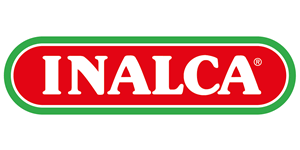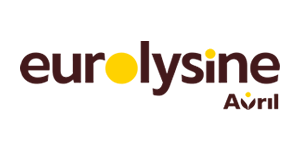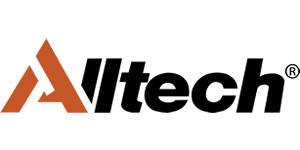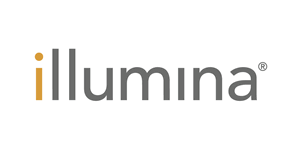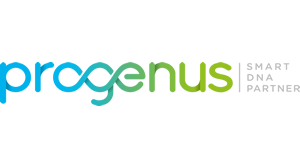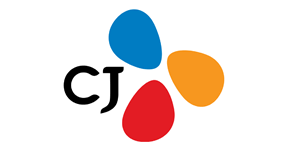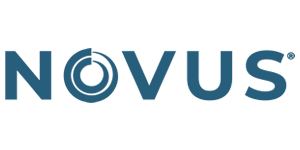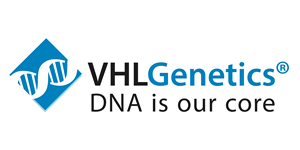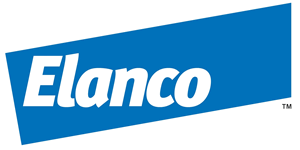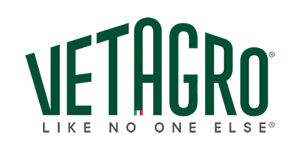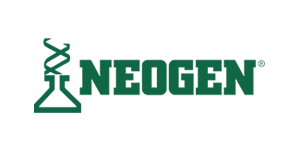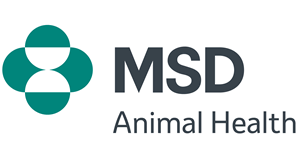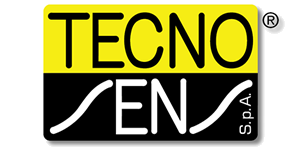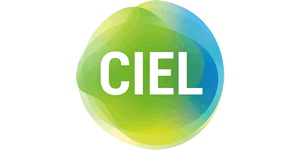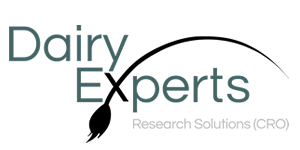EAAP visiting SLU, Sweden and SustAinimal
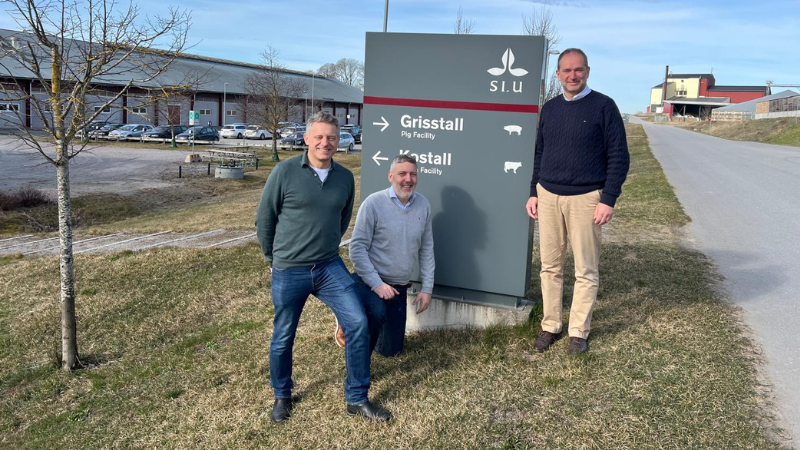
In early April 2025, the Secretary General of EAAP, Andrea Rosati, visited the Swedish University of Agricultural Sciences (SLU), following an invitation from Mårten Hetta, ViceDean of SLU for External Cooperation. The visit included two of SLU’s campuses, in Uppsala and Umeå. The Uppsala part of the visit focused on meetings with the Dean and colleagues from the Faculty of Veterinary Medicine and Animal Science. During this time, there was also an opportunity to visit SLU’s University Animal Hospital and meet with young researchers working within the faculty. SLU currently hosts around 500 PhD students, a significant proportion of whom are specialising in Animal Science and Veterinary Medicine. Colleagues at SLU expressed great appreciation for EAAP as a vital platform for scientific exchange, communication, and networking. Sweden currently has 219 individual EAAP members, with a substantial number affiliated with SLU and related organisations. The visit also included a stop at the Lövsta Livestock Research Centre, located just outside Uppsala. This state-of-the-art facility supports both research and education in livestock production. Particular attention was given to the advanced infrastructure for pigs, poultry, and dairy cattle. The facilities at SLU are open to researchers from across Europe—during the visit, for instance, a Danish research team was conducting a trial involving lactating sows.
An important part of the visit was the presentation by the SustAinimal Knowledge Centre, which focuses on the future role of farm animals in sustainable food systems. SustAinimal represents a collaborative effort between academia, industry, and governmental bodies. The centre was represented by its director, Professor Sigrid Agenäs of SLU, and Sven Hellberg from the Lantmännen Group, a key player in Sweden’s food and agricultural cooperatives. The second part of the visit took place in Umeå, northern Sweden, where Mårten Hetta and Andrea Rosati toured the Röbäcksdalen Research Farm. This site serves as a hub for research in livestock, agriculture, and environmental sciences, and provides specialised infrastructure for studies in northern climates. Researchers in Umeå showcased their work with a focus on forage-based dairy systems. The visit also highlighted the strong presence of wildlife research in Umeå. Professor Anders Alanärä, from the Department of Wildlife, Fish, and Environmental Studies, hosted a session on the interactions between wildlife, livestock, and agriculture. As wild animal populations continue to rise across Europe, this area of research is becoming increasingly relevant. There are growing opportunities for cross-disciplinary collaboration on managing shared
ecosystems and addressing the challenges that arise when domestic and wild animals coexist, especially in rural contexts. Overall, the visit served to strengthen the relationship between SLU and EAAP. It also provided an excellent opportunity to present EAAP’s services to Swedish members, and, more broadly, to promote the excellent training programmes and cutting-edge research facilities that SLU offers to the European animal science community.


